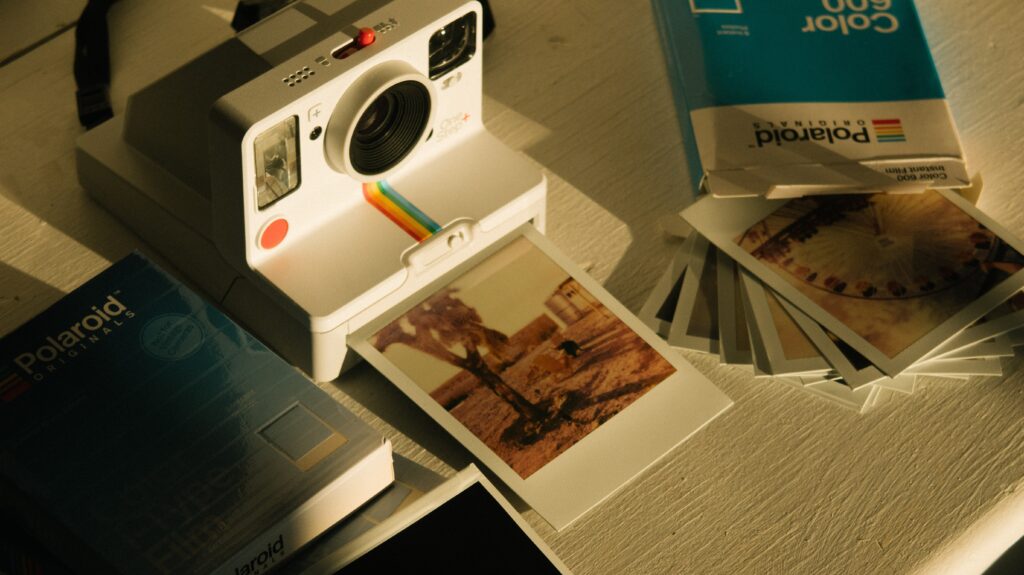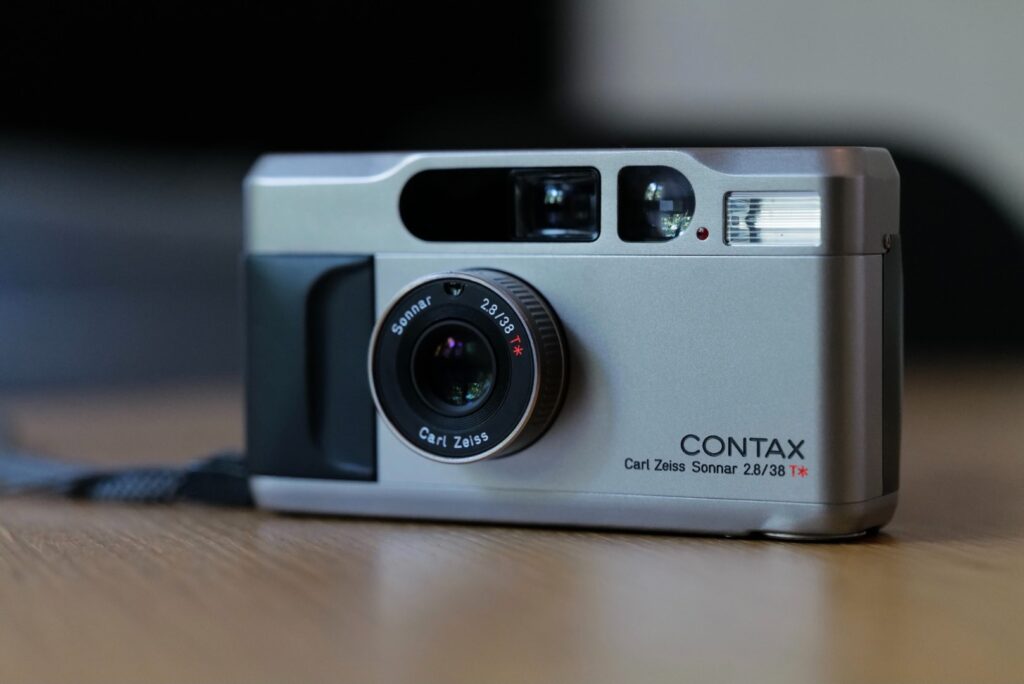If you’re new to film photography, the process of developing your own film can seem daunting at first. But with the right equipment and a bit of practice, it can become a rewarding and enjoyable experience. The most common type of film development process for color negative film is C-41, but with so many C-41 kits on the market, choosing the right one can be overwhelming. In this blog post, we’ll provide you with the most important criteria for selecting the best development kit and also present some of the easiest and best C-41 kits for beginners. We’ll cover key aspects to look out for, including ease of use, price, and quality of results, to help you make an informed decision and start developing your own film with confidence.
Which C-41 Kits are available and are there big differences between them?
In today’s market, a wide variety of C-41 kits are available, offered in both powder and liquid forms, with different sizes and including gear or without. When considering development, it is helpful to separate the chemical and gear aspects, which we will address separately in this article. As a beginner, it is important to focus on the necessary gear and separate the optional purchases from that. For the first time developing, it makes sense to avoid purchasing specialized or expensive equipment that may need to be sold if you ultimately decide that home developing isn’t the right thing for you.
So, the big question is whether there are significant differences between C-41 kits since it’s a standardized process. The answer isn’t a straightforward yes or no, but as long as you follow the C-41 development process correctly and consistently, you should achieve similar results across different kits. However, some slight differences in colors, sharpness, or contrast may still arise due to variations in the manufacturer’s chemicals or using a combined bleach and fix step, for example. Nevertheless, let’s be real, these subtle differences might only be noticeable if you’re getting your film developed professionally by using high-end machines and following exact timings.
When you’re a beginner doing home development, small things like timing, temperature consistency, and other factors will have a more significant impact on your results. That’s why, in my opinion, the ease of use should be one of the most important criteria to consider when choosing a C-41 kit. Let’s touch some more important questions to determine which is the best kit for you.
Should I choose a liquid or a powder developer kit as a beginner?
You might be wondering whether to choose a liquid or a powder developer kit for your first time in C-41 development. Both types have their advantages and disadvantages but to make things short: choose a liquid one. It is easier to mix, easier to use, has a longer shelf life and will produce more consistent results. if you are interested to read more about this checkout our “Liquid or powder for film development, which is better?” blog post.
How much liters of developer should I buy as a beginner?
As a beginner, I would recommend to avoid purchasing a large film developing kit. As mentioned earlier, powder kits have their downsides and typically mix into a 5L batch which might be too much. Consider how many rolls you shoot per month and think about sharing a kit with your friends. I believe the most suitable size is a 1L kit, which should last for at least 16 rolls of film, but you can easily get 20-24 rolls out of it. While smaller kits than 1L are on the market, they are not as readily available and not as cost-effective as the bigger 1L solutions.
Is it better to have a separate bleach and fix step or is Blix good enough?
For a beginner, a Blix (combined bleach and fix) step is a lot more convenient and the more effective option. Blix kits are also easier available and they simplify the whole development process by reducing the number of steps as well as the time needed. However, some photographers prefer to use separate bleach and fix steps for more control over the development process and to achieve specific results. I have never noticed any difference between blix or separate bleach and fix when following the usual C-41 process. Most C-41 kits use blix anyways so I’d recommend to go with one of those.
Recommended C-41 Kits for Beginners
Let’s summarize the most important things to consider when when choosing a C-41 kit as a beginner:
- Liquid kits are generally easier and more consistent to use than powder kits.
- Kits that include Blix, a combined bleaching and fixing solution, save time and effort and make the overall development process easier when you are just starting out
- Opt for a kit that’s readily available in your local area or online
- Any well-known brand will deliver pretty similar results.
- Smaller kits, around 1L in size, are best suitable for beginners.
- Purchase the chemicals and developing gear separately.
Now, when it comes to actually choosing a kit, you’ve got a couple of options. Just pick one of the available ones in your local area, any known brand that fits your budget should be a good choise. However, if you’re looking to save cash, it’s worth checking out some online options too. Here are a couple of well-known C-41 kits that I would recommend ordering online:
- Tetenal Colortec C-41 Kit
- Cinestill CS41 Liquid Developing Kit
- Arista C-41 Liquid Color Negative Developing Kit
Which gear do I really need as a beginner for C-41 development and what is optional?
This is another step that is quite important, but it can also be overwhelming due to the amount of recommendations by many pages and manufacturers. However, if you have already developed black and white film before, you probably have most of what you need, like the Paterson developing tank for example. Additionally, you might already have some of the other items at home, such as clothespins or a timer. So let me provide an overview of the necessary gear you need to get started with C-41 development and show you other optional gear that can make the process easier.
The must haves
- Changing Bag – This will allow you to load your film into the developing tank without the need for a darkroom. You could treat that as optional if you have the possibility to load your film somewhere in total darkness.
- Developing Tank – There are different brands and options available, I would recommend choosing one that can handle two rolls of 35mm film or one roll of 120mm film. I just went with the cheapest one I could find and have never had any problems with it. Make sure the reels are included.
- Storage Containers – This is where you will mix all of your chemicals, depending on the kit you choose they should have a capacity of 1L. I recommend choosing one that has big opening which makes it easier to fill in the chemicals. For storage it makes sense to choose dark containers but you can neglect that when storing them in a dark place anyways. If you already have something similar at home you could also make use of that.
- Thermometer – To make sure the temperatures are consistent. I strongly recommend getting a sous vide for temperature consistency reasons but you can also get good results without one when paying attention.
- Scissors and clothespin – For cutting film and hanging it to dry
Optional gear
- Beakers – They can help you when measuring the water that you need to add to your storage containers, you can also use one that you have at home as long as you never use it for chemicals. For safety reasons it is important to not mix your cooking gear with developing gear.
- Sous-Vide – Makes it a lot easier to keep your water temperatures at a consistent level.
- Drying Rack – Better than clothespins
- Film Squeegee – A bit controversial so do your own research before using one
- Cartridge opener – Usually opening the cartridges by hand or with a bottle opener works, but it will be easier with this one
- A Timer – I use my phone for that, but with constantly wet fingers an old fashioned timer should be a lot easier to use.
Final Conclusion
In conclusion, C-41 film development can be an enjoyable experience for beginners with the right equipment and a bit of practice. Choosing the right C-41 kit can seem daunting with so many options available, but by focusing on ease of use, price, and quality of results, it is possible to make an informed decision.


